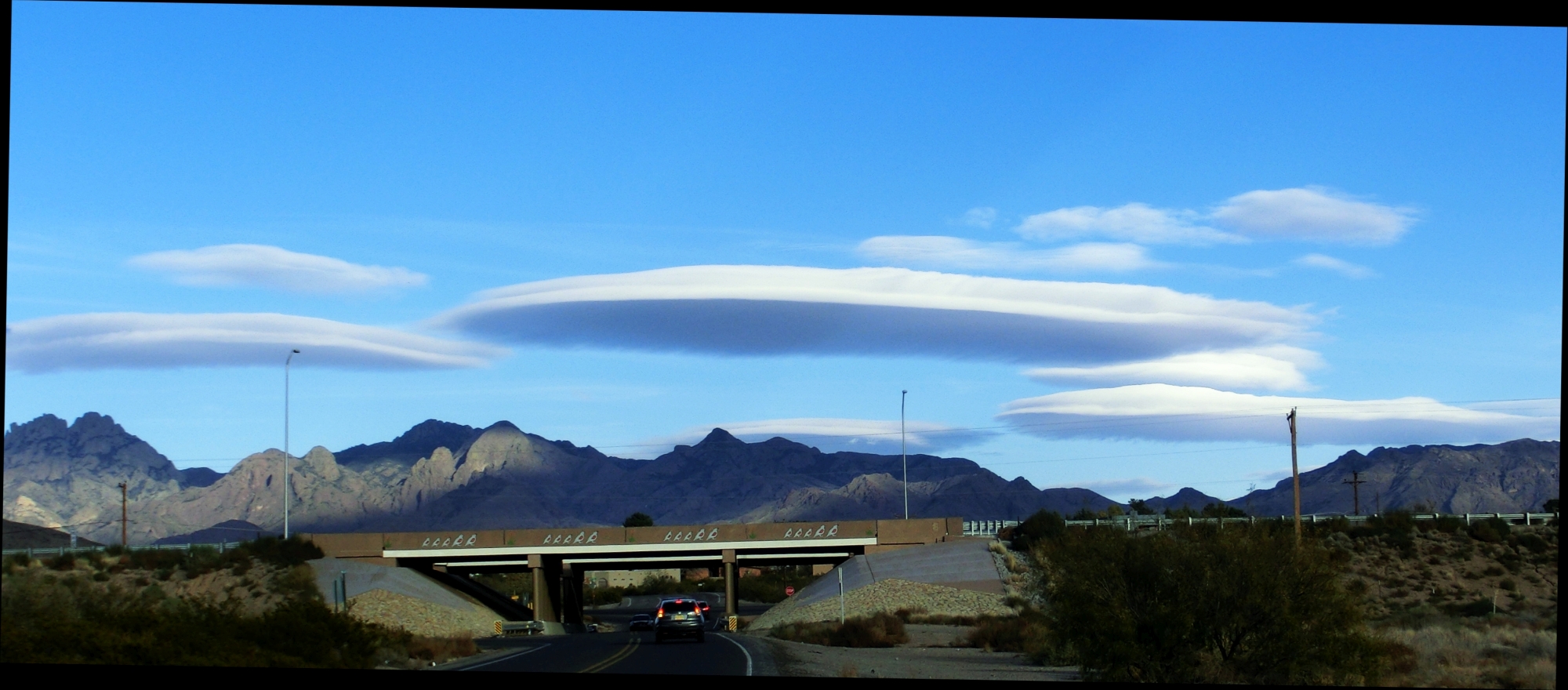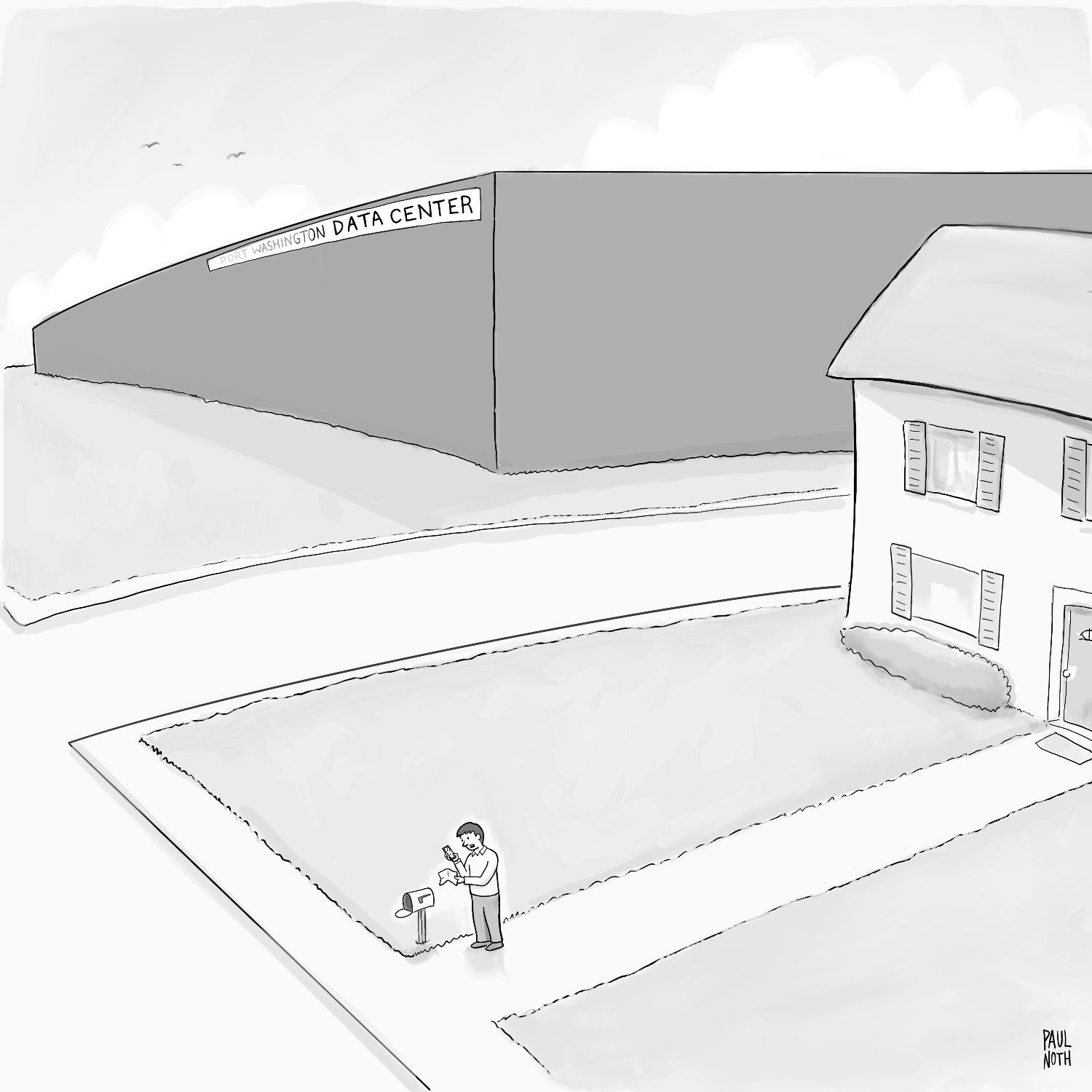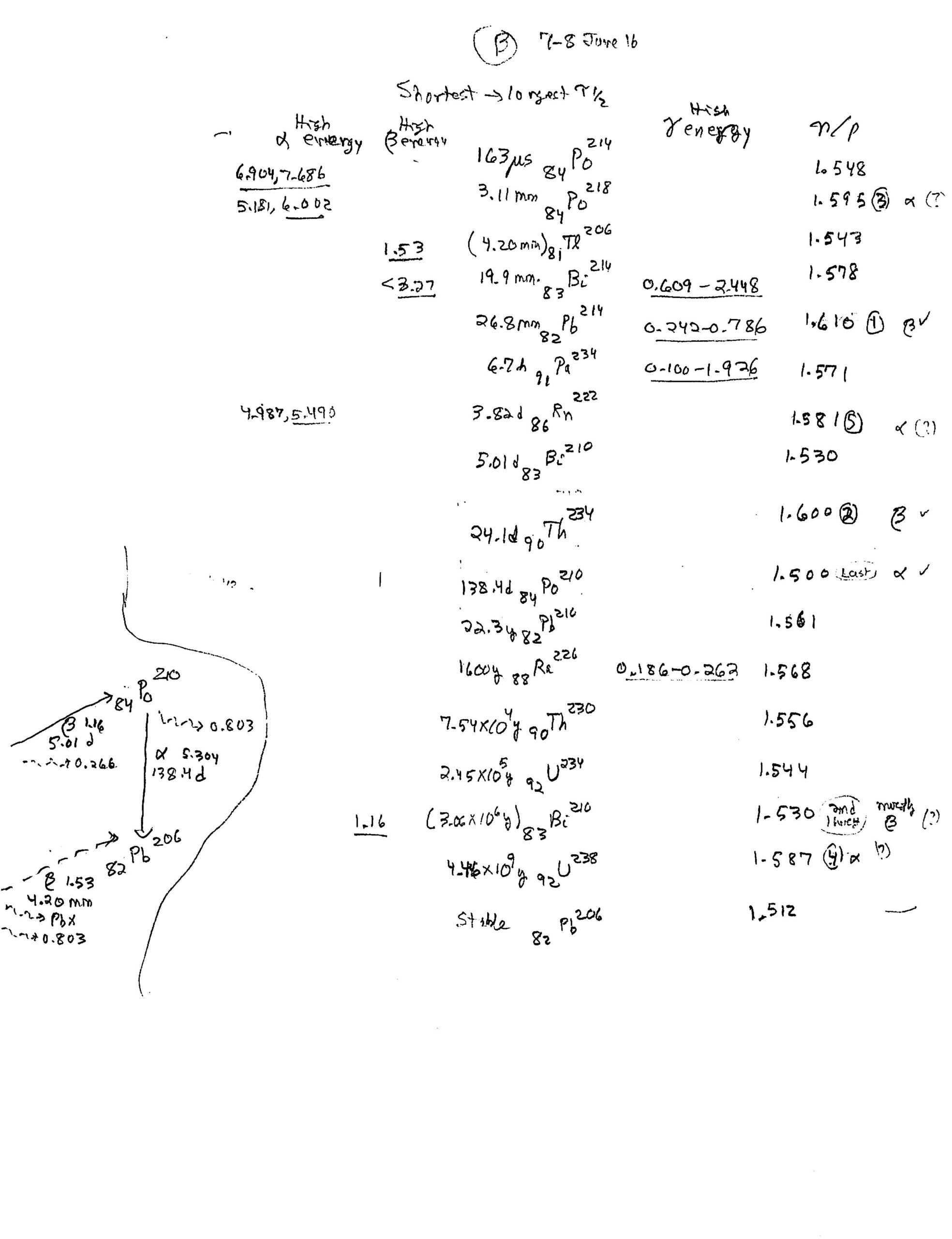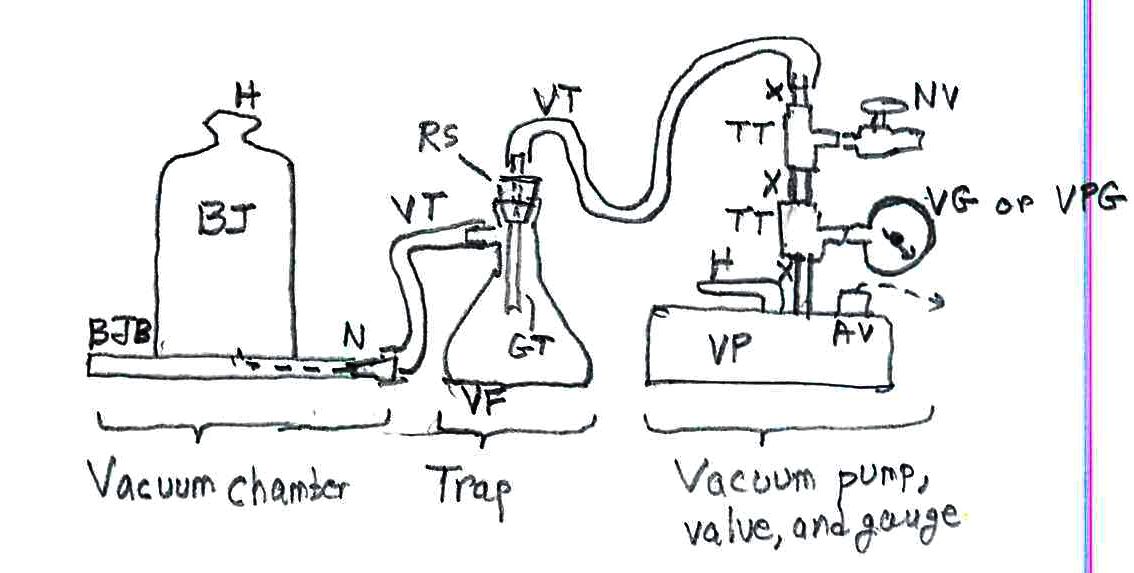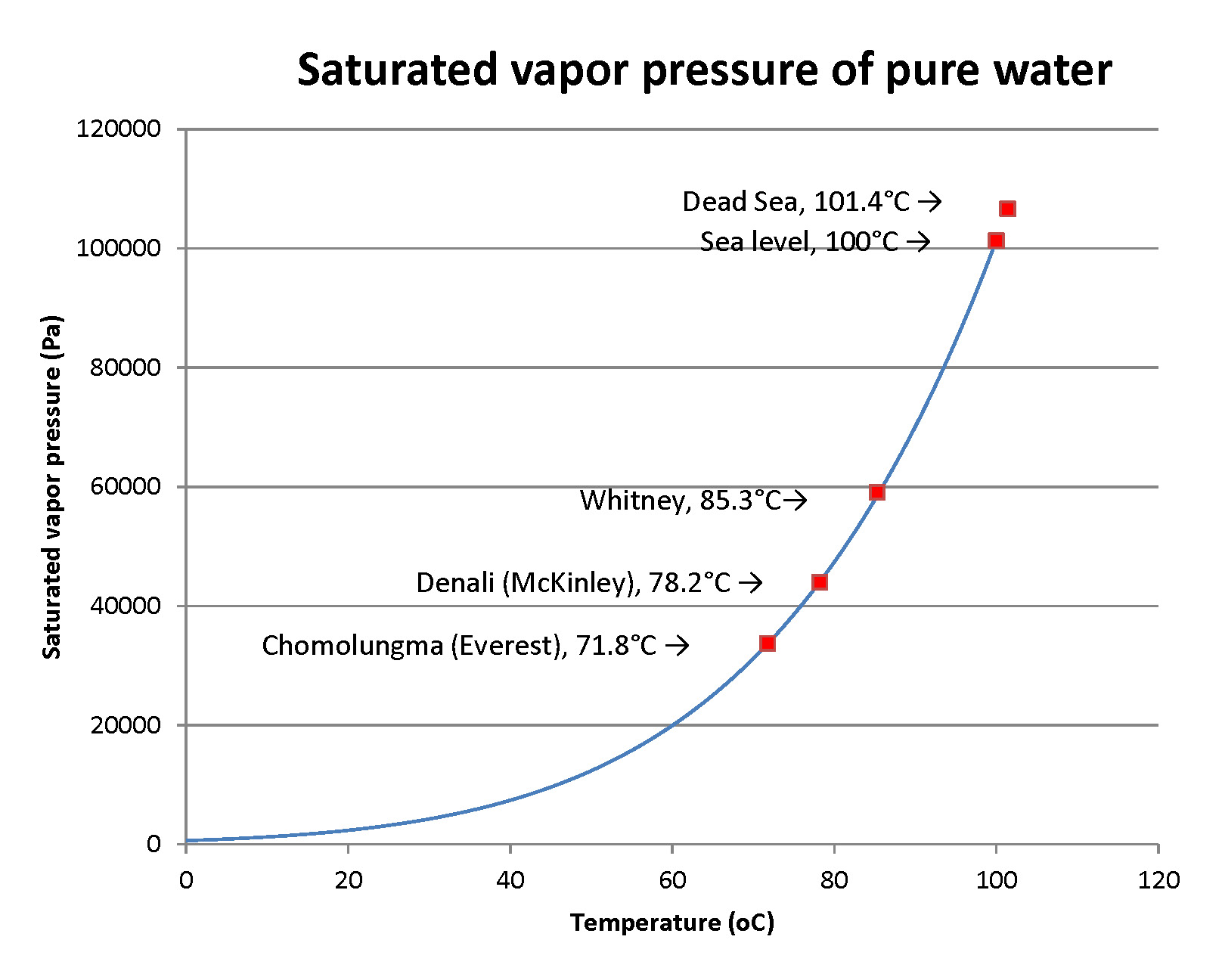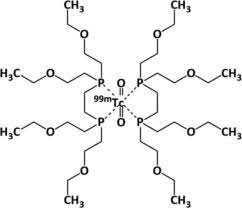My Parthian shot – my final assessment of Project Jupiter
Vince Gutschick 11 Sept. 2025
My previous assessments had good points but also flaws. This is my best cut now.
You can jump to my ideas on fivemajor areas of concern with the active links in blue:
- Water use and sources
- Energy and climate
- Job creation here and job destruction by AI
- Can a data center use current technology for 30 years?
- The time scale for the decision
On Wednesday the 10th I attended another meeting about Project Jupiter. This one was held in the auditorium of the Farm and Ranch Heritage Museum on Dripping Springs Road. It was packed. It was often raucous. Deep questions were mixed with what I’d term culpable misinformation (see footnote), ad hominem attacks on Commissioner Shannon Reynolds and the Stack Infrastructure staff, and rudeness to extremes. I was often ashamed for my fellow citizens. I got my words in and expressed deep concerns. I will not be going to another meeting about Project Jupiter. I can only anticipate another mix of real thought and rancor. I do expect high emotions, as the project will change a lot for all of us. We need to process it well.
That said, I have developed a viewpoint that churns in my mind; it’s not comfortable; it’s the best I can make of a near-tsunami of ideas, viewpoints, and agendas rolling I from, well, the rest of the globe. AI is coming at enormous scale. It will affect all communities around New Mexico, around the US, around the world. We can’t pass the buck on participating in AI. We can decide to be, or not to be, part of some of its implementations such as Project Jupiter.
I’ll elaborate my points and sort-of close my case.
Financial risk to us in the county
On the morning of the meeting Peter Goodman and Walt Rubel hosted their weekly Speak Up, Las Cruces show. A forty-five minute segment was given to Project Jupiter. Lucas Herndon gave an excellent overview from the perspective of Progress Now, New Mexico and StopProjectJupiter.org. He was very fair to the Project, noting that there is no financial risk to the county, even if the project starts and fails. Assets would return to the county. At the evening meeting, as counterpoint someone (Shannon Reynolds?) pointed out that the county would institute a tax to build some financial capability for managing the county’s responsibilities in the project. I’m sure that some classic infrastructure would have to be built at the county’s cost – road, for example. Overall, the finances are of modest but still indeterminate concern to me.
I did all the math. I am able to do the math. I have a math background covering arithmetic to differential equations (fun!), complex variables, and variational calculus. Spoiler alert: the projected water use is very modest on the scale of current use, while there are gaps in transparency by Stack Infrastructure that hurt their case a bit.
Key points:
- The proposed four data centers likely would consume on the order of 2000 MW (megawatts, millions of watts) of electric power.
- It would be generated ‘initially’ in standard thermal power plants that burn natural gas.
- For each MW of electric power there’s 2 MW of waste heat to reject to the air. Basic thermodynamics sets the efficiency of thermal power plants to the range 33% to 42%. I’ll take 33% as a worst case. That means that 4000 MW of heat power (power = energy per unit of time) has to be dissipated when the project is built out at full scale.
- Some non-transparency on the part of Stack Infrastructure: They say that no cooling water would be used to cool the electronics of the data center. Well, all of the 2000 MW they consume has to be dissipated on site. The cooling water or mixture is in a closed loop, not evaporating, but the energy gets passed with classic heat exchangers to the same cooling tower as the initial electric power plant. Let’s up that 4000 MW to 6000 MW.
- Inexplicable lack of transparency: The presenters for Stack Infrastructure claimed that no water would be used after the cooling tower sumps were filled. Crazy – the whole idea of the recirculating towers is that they consume water, but very little water.
- Cooling towers as we’ve all seen on the landscape or in photos circulate air (dry towers) or air and water (wet towers) to give the heat to the air as a mixture of sensible heat (rise in air temperature) and latent heat (embodied in water vapor).
- Wet towers consume vast amounts of water. Modern towers called recirculating wet towers use only about 5% as much. They are used in modern data centers and are designed into Project Jupiter. There’s a lot of real physics that you can explore in books, online, or in discussions with knowledgeable people.
- There is a direct proportionality between heat energy dissipated and water consumed. It varies with ambient air conditions but is readily calculated and readily averaged for a year, or your timeline. A useful estimate is that the recirculating wet towers consume about 2.8 liters of water or 0.7 gallons per MWh (megawatt-hour) or heat dissipated.
- Calculation: 6000 MW of cooling power will consume about 4200 gallons of water per hour. NOTE: The circulating RATE will be higher but only part of the water that’s circulated will be higher. Follow the “mass balance.” The data centers run all the time. Over the 8766 hours in a year the water consumption would be 37 million gallons. Convert that to the ancient English unit in common use, acre-feet. One acre-foot is 326,000 gallons. The 37 million gallons equates to 113 acre-feet. Wow!… but let’s look at ordinary water use. The residents and businesses of Las Cruces alone consumed 22,133 acre-feet in 2023. Project Jupiter’s total use for cooling would increase the county’s water use by less than 0.5%. That’s the amount of water that we residents in Dona Ana County may add if we run a half-gallon of water brushing our teeth daily. Yes, any extra water use needs to be very carefully considered, but we have to keep a sense of scale.
- You don’t evaporate all the water put into the cooling towers. The salts in it, the dust and such picked up in the air, all get increasingly concentrated and problematic. You have to dump it when it gets, say, 10 times more concentrated than it started. Add about 10% more water use.
- Another gap in transparency by Stack: They admit needing to fill the cooling tower sumps but imply that it’s done once and it’s over. No – there’s this clearing out and refilling at intervals.
- Sum of the gaps in transparency: Please don’t hide behind them. There are always a number of people like me who can rend those curtains. Do yourself a favor and be open.
- At least one attendant at the meetings asked how much water would be needed in constructing the data centers. Mixing concrete for the structures uses water copiously. I have not found useful figures for concrete volumes needed and thus for water volumes needed. Stack Infrastructure says they’ll truck the water in. That will be a show. Tell us how much water; you’ve had experience building other data centers. I presume the water will come from a water-sufficient area. Greenland?
Where does the water come from, and where does it go
Stack Infrastructure would produce usable water by desalinizing brackish water that is rather abundant in New Mexico, though it’s variable so locally. It averages a meter depth. So, let’s estimate that Stack would draw from an area of, say, 3000 acres, about 5 square miles (the site is big). It might have 3000 acre-feet of water, with about 80% of it usable in reverse-osmosis desalination. That’s enough for about 20 years of operation. It’s the right order of magnitude. With greater local depth or more area to draw from there’s water for the data center(s) and perhaps to share with the county residents and businesses.
A few points:
- It takes energy to desalinize water. The cost varies with the salt content. An average value may be $0.50 per cubic meter (1 cubic meter is about 260 gallons). We can get records from El Paso’s Kay Bailey Hutchinson desalination plant. That’s $0.002 per gallon. For 37,000,000 gallons a year it’s $74,000. At 12 cents per kWh it’s a load demand of about 620,000 kWh or 620 MWh. Compare it to 52 million mWh for the data center operations. That’s a bit over 1%. It’s not a critical discussion point.
- In reverse osmosis energy is used to press water from one side of a membrane to another. The salts and such remain to accumulate and then to be disposed of… far away where it won’t contaminate water in another aquifer. The El Paso plant runs a pipe 26 miles. Dear Stack Infrastructure: Tell us where.
Summary about water
- The water demand is modest and can be met with acceptable means. There could even be a slight gain in water availability for county residents, though we should consider its collateral costs in brackish concentrate disposal.
- Stack Infrastructure has to be more transparent about several water issues, none of which need be deal-breakers.
The electrical power demand is as I noted above, around 2000 Mwe (“e” is “electric”).
Key points:
- This is nearly the same amount as El Paso electric provides to its customers (2200 MW average in 2024)
- The power would be generated by Stack Infrastructure’s plants on a micro-grid. That means that it’s isolated. It does not add to El Paso Electric’s load. It should not require any upgrading of transmission lines for EPE, in theory.
- The power at start-up would be using natural gas. That creates carbon dioxide, the main greenhouse gas. There is a real impact on climate that everyone need be concerned about.
- The stated requirement is that the generation would be carbon-neutral by 2045. This is mandated by several environmental regulations and by stated commitments from many parties. The motivation to do this quickly is weakened, particularly by New Mexico House Bill 93. That bill states that microgrids are exempt. The time frame and such need to be explored by us all.
- By 2045 energy production would need to use only renewable sources. Those would be solar energy and wind energy in some mix; we have no hydropower, clearly.
- Nuclear power is nearly zero-carbon. It produces no carbon dioxide other than in constructing the plant — but that is significant. Traditional nuclear plants at utility scale incorporate huge amounts of concrete. Concrete production is responsible for 8% of CO2 emissions globally! Stack Infrastructure has ruled out using nuclear power.
- Renewables on the scale of 2000 MW do not exist locally. It has taken the better part of a decade for EPE to have installed 3% of its generating capacity as solar power. Solar power – and wind power – are the cheapest power sources to operate. The challenge is getting solar panels fast enough. Eighty percent of solar panel production is in China (geopolitical problems!). Still, our region is great for solar power. A great deal of land area is needed. On a yearly average the panels can create about 60 W (watts) per square meter of panel surface. For 2000 MW all from solar Project Jupiter at full build-out would need 33 million square meters of panels. That’s 8200 acres. Allowing for spacing of panels we may say 16,400 acres or 26 square miles. Possible. Unlikely. There’s also the need to battery energy storage to keep the data centers going at times with low solar power generation – night, winter, cloudy days. There’s much development of battery storage at the scale of large electrical utilities. It about doubles the cost even when providing only a partiaol day’s power demand. Wind power? We’re not good here relative to, say, Roswell. Bringing it in from off-site violates the concept of a self-contained micro-grid. Stack Infrastructure must address this problem of scale in space and in time.
- We and they would have to expect natural gas to dominate the energy supply for the order of 20 years. What is the CO2 impact? Well, it would triple the CO2 emissions of the area. EPE generates 1000 MW or so from sources that emit CO2; the rest is nuclear and solar. Add 2000 MW from natural gas and we’re now at 3000 MW of CO2-emitting power. Attendees at two meetings about Project Jupiter expressed concern about ‘pollution.’ Natural gas generates some mixed nitrogen oxides, termed Nox, generated at high combustion temperatures. So does your car engine it it’s gas-powered but catalytic converters essentially eliminate it. NOx emission standards for electrical utilities are not nearly as tight. This is another concern for residents.
Summary of concerns about energy
- Energy demand can only be met with natural gas for 10-20 years. Renewables will be a minor source
- Emissions of the main greenhouse gas, CO2, will be tripled in our region. This is a big moral burden
- I see no credible way for Stack Infrastructure to ameliorate this. Please don’t say you’ll pay to have trees grown elsewhere to ‘offset’ the emissions. The inefficacy of this has been well documented.
- Please don’t say that Project Jupiter advances AI and that AI will solve energy problems. Nobel Prize winner Demis Hassabis at Google Mind thinks so. With all due respect, his prize was for great advances in figuring out how proteins fold.
In the core business statement Stack Infrastructure claims that operation of the data centers will create about 750 good-paying jobs – $75,000 to $100,000 annually – and that construction of the data centers will boost that to 2,500 jobs for a couple of years. Those figures are very plausible. Confirming data exist from sites built already at other locations.
- That’s a lot of investment for 750 jobs. By the statistics of the federal Economic Development Administration, the average capital investment per job created is 15 times the annual salary of its employees. For Stack jobs at $87,500 median salary ($75,000 to $100,000) the annual salary total is about $60 million. An investment of $165 B for that many jobs puts the ratio at 165,000,000,000/60,000,000 or 2,750 to 1. Here’s AI working against you!
- AI is at the center of a controversy – how many jobs does it destroy by having AI replace “wetware” or humans? There are many websites covering this. There are anecdotes about individual companies eliminating jobs in favor of AI right now. AI experts and financial/business experts have divergent opinions but a median estimate may be that AI destroys (replaces) 20% of jobs. In the US there are 163 million jobs. Twenty percent of that is about 32 million jobs lost, attributable to AI. It’s hard to attribute any one part of the AI effort to X million jobs. Still, if Project Jupiter is so large we might guess that it’s 1/1000 of the effort. That’d make its share of job destruction to be 32,000 jobs. The trade of that loss with creation of 750 jobs is appalling. It’s a moral quagmire for AI, for data center companies, for citizens and their political entities that invest in AI. The other downsides of AI – spreading wildly erroneous ideas and deliberate misinformation, violating ethical standards set by users, use for illegal activities, etc. add to this.
- At the meeting at the Farm and Ranch Heritage Museum I brought up this likely terrible trade. One of the Stack people sort of mumbled that AI will destroy jobs but will create others. Possibly. In the near term that’s likely to be far outweighed by destruction of existing jobs in engineering, science, finance, teaching, even authorship.
- A defense of the data center being created here might be offered: If Stack or anyone else doesn’t build and operate AI infrastructure here, someone else will, somewhere else. So, Stack and Dona Ana might pursue a project with serious moral failings that is going to be done anyway by someone, do we need to be that someone? Weeding out the moral failings is far better. Can that be done?
Summary of concerns about jobs
- Projects such as Jupiter both create and destroy jobs. The trade-off in the near term looks to be very negative. Will it turn around in a short time frame?
- There are ways to create 750 jobs without the destruction of other jobs. I admit that they’re not waiting in the wings while Stack Infrastructure is here, front and center.
Can a data center use current technology for 30 years?
The plans for the data center have a 30-year span. The physical structure and the computer technology in the data center (a few million graphical processing units or GPUs…) are talked about as if they will not change. That has never happened in computers. Look at magnetic hard drives being mostly replaced by solid-state drives. Look at CPUs being largely replaced by GPUs for heavy-duty industrial-scale computation. Would Stack Infrastructure and BorderPlex Digital Assets be building what might become a white elephant in less than a decade? I make no bets. They need to explain their bets.
The time scale for the decision
- The County Commission is set to vote on Friday, September 19. They can approve issuing the IRB.
- An incessant claim by citizens is that the process is rushed. Citizens are given less than two weeks to make their views known to the commission.
- On Wednesday’s KTAL-LP FM show, County Commissioner Manny Sanchez defended that (statutory?) time frame for approving an IRB, on the order of one month. Others argued that it might be extended. Today, the 10th, the League of Women Voters sent a letter to the county asking for the vote on approving the IRB to be delayed. Further development will come.
Footnote: What do I mean by “culpable misinformation”? I grew up in the Catholic Church. The church has a concept of culpable ignorance. You fail to get knowledge that you are responsible to have and to act on. The law has the same kind of concept. If you drive a car you cannot be ignorant of rules of the road. You would endanger others. If you lobby or vote with inadequate / wrong information you endanger your fellow citizens.
